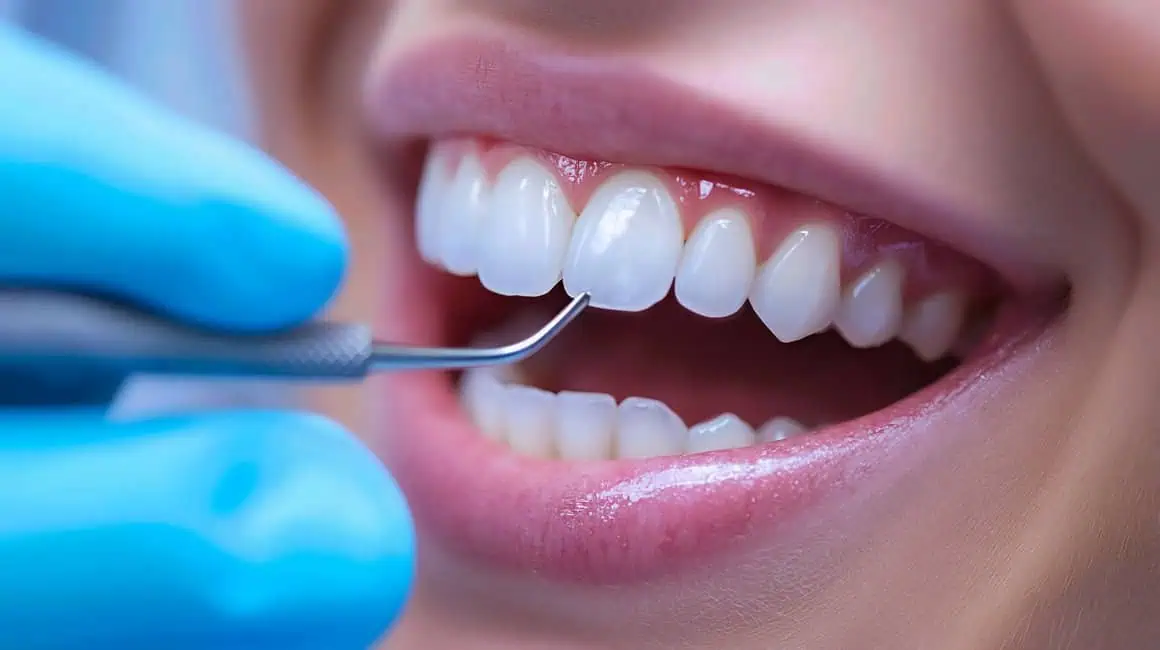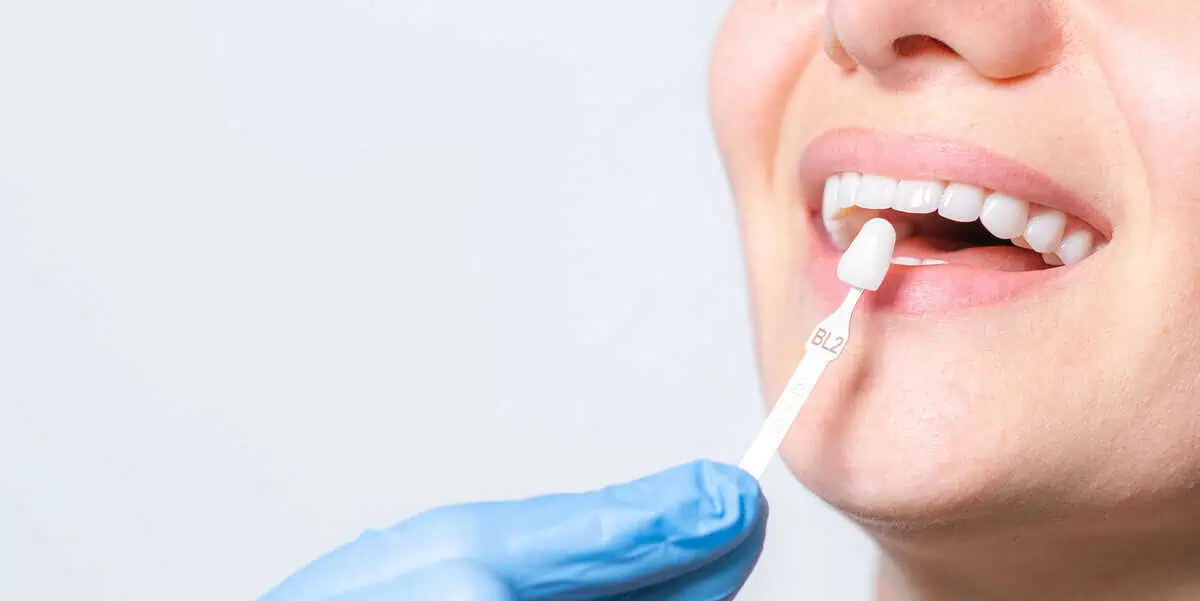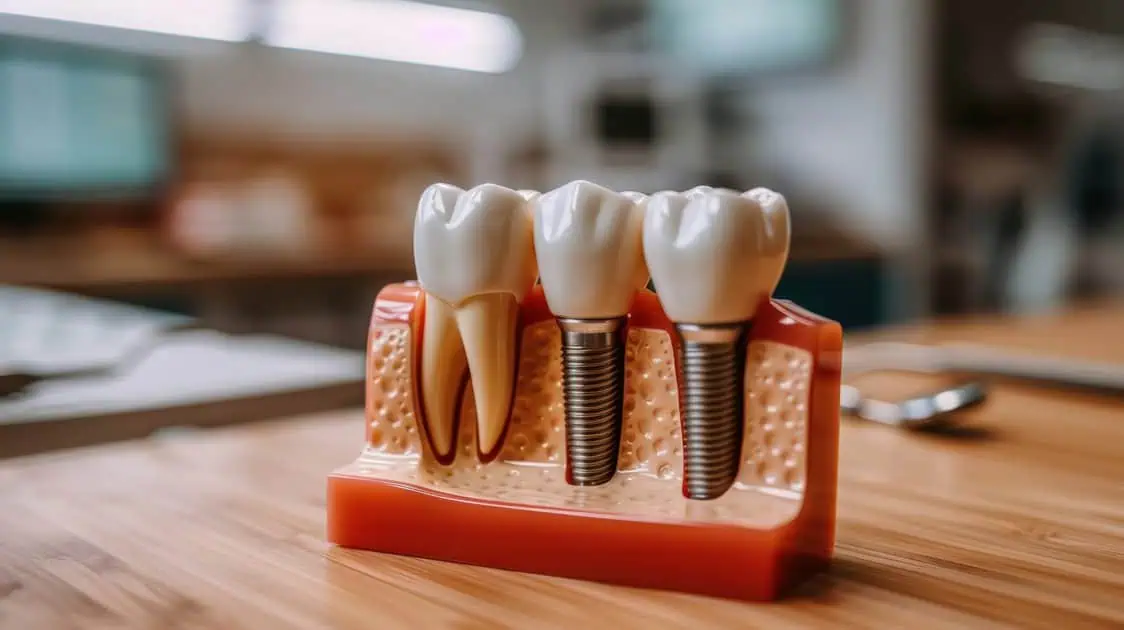
Introduction
Restorative dentistry plays a pivotal role in dental health, focusing not just on repairing damage to teeth but also on restoring their functional capabilities and aesthetic appearance. This branch of dentistry encompasses a variety of procedures, such as fillings, crowns, bridges, and implants, which are designed to address issues like tooth decay, damage, and loss. Restorative dentistry aims to restore teeth to optimal health and functionality, improve a patient’s smile, boost oral health, and boost self-confidence.
It’s Main Purpose
Restorative dentistry primarily aims to fix teeth that are broken, decaying, or missing, restoring their appearance, health, and functionality. It involves various treatments like fillings, crowns, bridges, and implants to address dental issues and enhance oral health. This dentistry field not only improves teeth’ functionality for better chewing and speaking but also focuses on enhancing the overall appearance of a patient’s smile, contributing to their confidence and quality of life.
Definition and Scope
Restorative dentistry is a field of dental practice dedicated to repairing and restoring teeth’ normal function, integrity, and aesthetics. As indicated, it comprises a broad range of dental treatments, such as dentures, crowns, bridges, implants, and fillings, intended to treat tooth decay, restore damaged teeth, and replace lost ones. The scope of restorative dentistry extends beyond mere cosmetic improvement, focusing on enhancing overall oral health, ensuring proper bite alignment, and improving a patient’s ability to chew and speak effectively.
The Purposes of Restorative Dentistry
The purposes of restorative dentistry are multifaceted, focusing primarily on repairing and restoring teeth to their optimal function and appearance. Key purposes include:
- Repairing Tooth Damage: Restorative dentistry treats decayed, chipped, or cracked teeth, often using fillings, crowns, or root canals, to restore their health and functionality.
- Replacing Missing Teeth: It replaces missing teeth with bridges, dentures, or implants, preserving the jaw and oral cavity’s structural integrity in the process.
- Improving Oral Health: This branch of dentistry is critical to improving oral health overall by repairing teeth that are broken and facilitating speech, chewing, and digestion.
- Enhancing Aesthetics: Restorative dentistry also focuses on improving the visual appearance of teeth, contributing to a better, more confident smile.
Every aspect of restorative dentistry is integral in not just treating dental issues but also in enhancing the patient’s overall quality of life. By improving dental health, these treatments contribute to better nutrition, speech, and comfort, and the aesthetic improvements can lead to increased confidence and psychological well-being.
Types of Restorative Dental Procedures
Restorative dentistry includes a variety of procedures, each tailored to address specific dental issues:
- Fillings: Used for repairing cavities, fillings involve placing a material such as composite resin or amalgam into the cavity to restore the tooth’s shape and function.
- Crowns: Crowns are protective covers placed over damaged teeth. They restore the tooth’s shape, size, strength, and appearance.
- Bridges: Bridges cover the space left by lost teeth by securing an artificial tooth to nearby natural or implanted teeth.
- Dental Implants: These are metal posts surgically placed beneath the gum line in the jawbone to provide a sturdy foundation for prosthetic teeth replacements.
- Dentures: Partial or complete sets of dentures can be purchased, depending on the number of missing teeth. Removable dentures are used to replace lost teeth and the tissues that surround them.
- Root Canal Therapy: This procedure treats infected or diseased tooth pulp, removing the damaged area of the tooth, cleaning, disinfecting, and then filling and sealing it.
Each type of procedure plays a specific role in restoring dental health and functionality.
Technological Advancements in Restorative Dentistry
Technological advancements in restorative dentistry include:
- Digital Imaging and 3D Printing: For accurate and customized dental restorations.
- Laser Dentistry: Minimally invasive procedures for treating tooth decay and gum disease.
- Advanced Dental Materials: Such as composite resins and ceramics for durable, natural-looking fillings and crowns.
- CAD/CAM Technology: Computer-aided design and manufacturing for faster, more precise restorations.
- Digital Impressions: Replacing traditional molds for improved comfort and accuracy.
- Teledentistry: Remote consultations and diagnostics using digital technology.
- Implant Technology Improvements: Enhanced designs and materials for dental implants.
These innovations significantly improve the efficiency, comfort, and outcomes of restorative dental treatments.
Who Are Suitable Candidates for Restorative Dentistry?
Suitable candidates for restorative dentistry typically include:
- Individuals with tooth decay or cavities.
- People with damaged teeth, such as chips or cracks.
- Those who have missing teeth as a result of injury, decay, or other reasons.
- Patients looking to improve their dental function (e.g., bite issues).
- Individuals seeking to enhance the aesthetic appearance of their teeth.
- People with worn teeth due to bruxism or other conditions.
- Anyone seeking to replace old dental work that has deteriorated.
Restorative dentistry can cater to a wide range of dental issues, making it a suitable option for many seeking to improve their oral health and the functionality of their teeth.
The Importance of Restorative Dentistry
The importance of regular dental check-ups includes:
- Early Detection of Problems: Detects problems in their early stages, such as cavities, gum disease, and oral cancer.
- Preventative Care: Helps prevent dental problems before they become more serious and costly to treat.
- Maintaining Oral Health: Regular cleanings and examinations are key to maintaining overall oral hygiene and health.
- Tailored Dental Advice: Provides personalized advice on dental care and hygiene specific to individual needs.
- Monitoring and Managing Ongoing Issues: Keeps track of existing dental issues and ensures they are managed effectively.
- Saving Money in the Long Run: Preventative care and early treatment can reduce the need for more extensive and expensive procedures later.
Regular dental check-ups are necessary for preserving oral health since they allow for timely intervention and early detection of possible problems. They are foundational in preventing dental complications, preserving both your smile and overall well-being. Indeed, regular dental visits are crucial in a proactive dental care approach, leading to better overall health and a happier life.
Conclusion
Restorative dentistry is a vital field that goes beyond just fixing teeth—it enhances oral health and contributes significantly to general well-being and confidence. Kelly Smile Design offers Restorative Dentistry to improve physical health, address bite issues, and maintain a healthy smile, enhancing confidence and social interactions. Embark on a revitalizing journey with restorative dentistry, where each procedure not only restores dental health and functionality but also renews your smile, enhancing your overall well-being and self-assurance.







